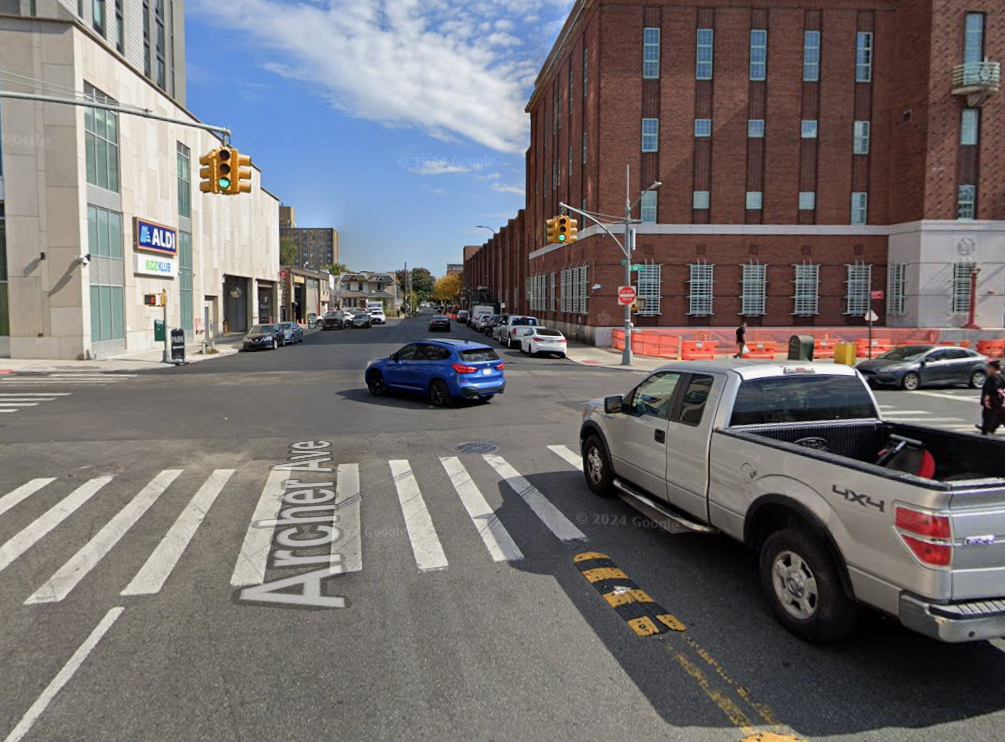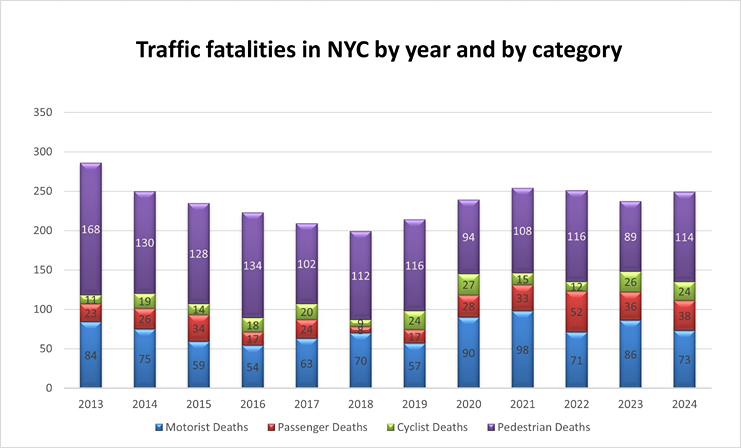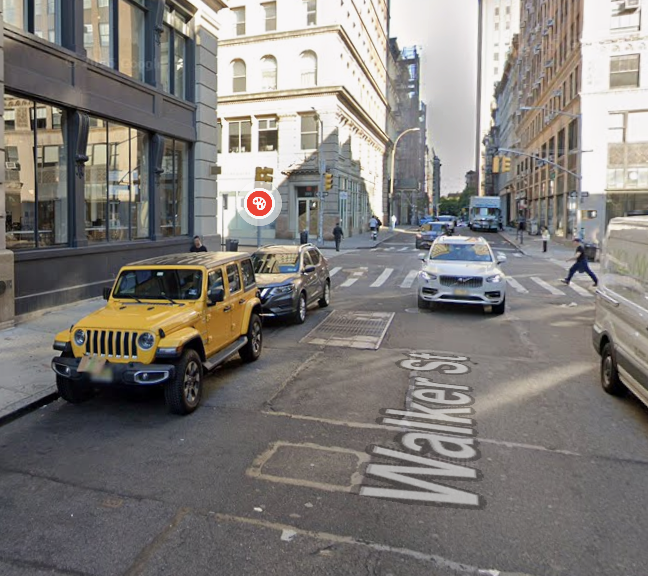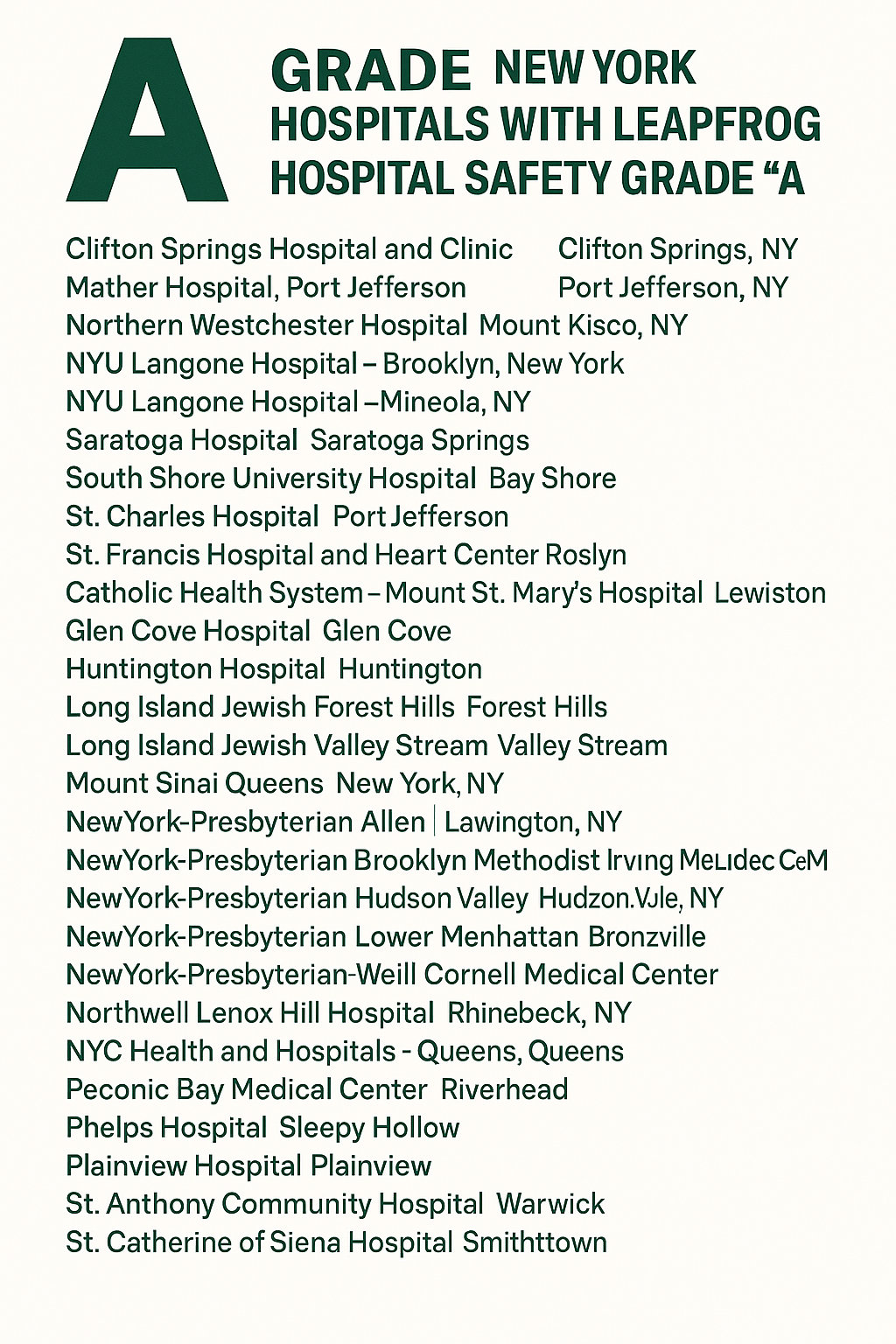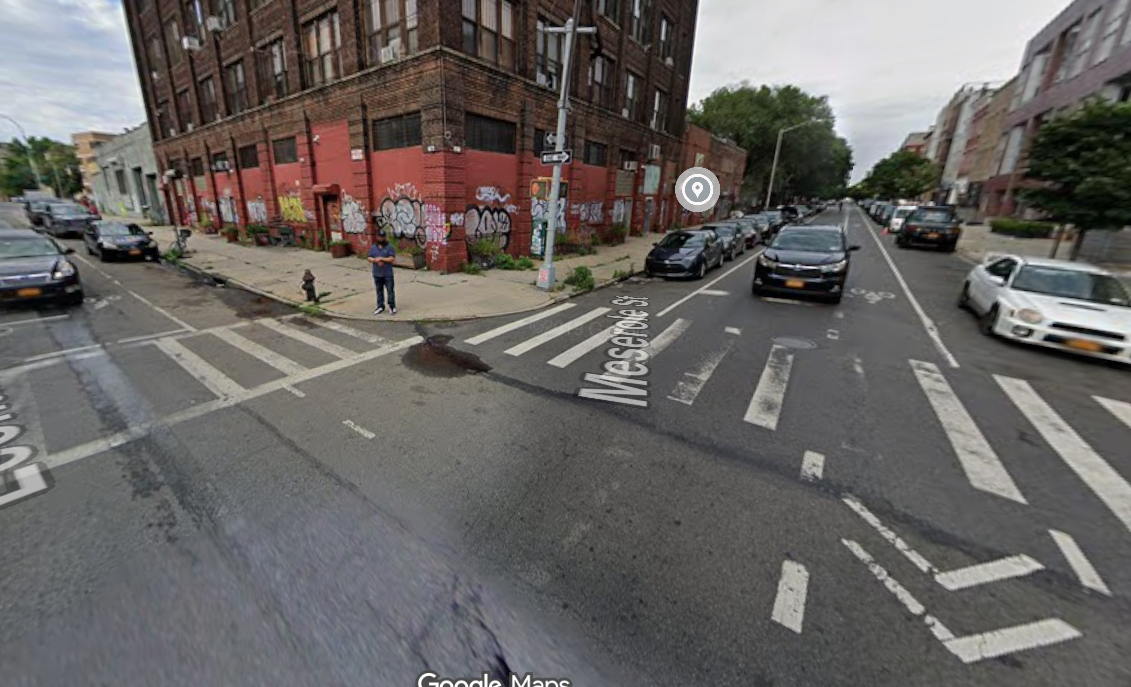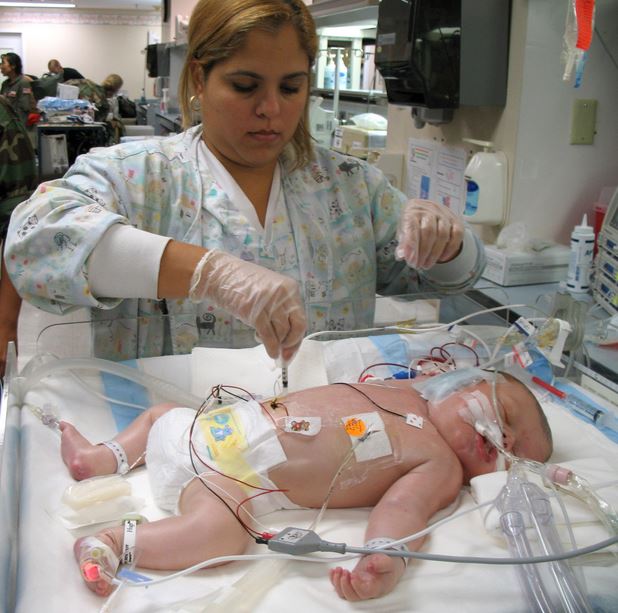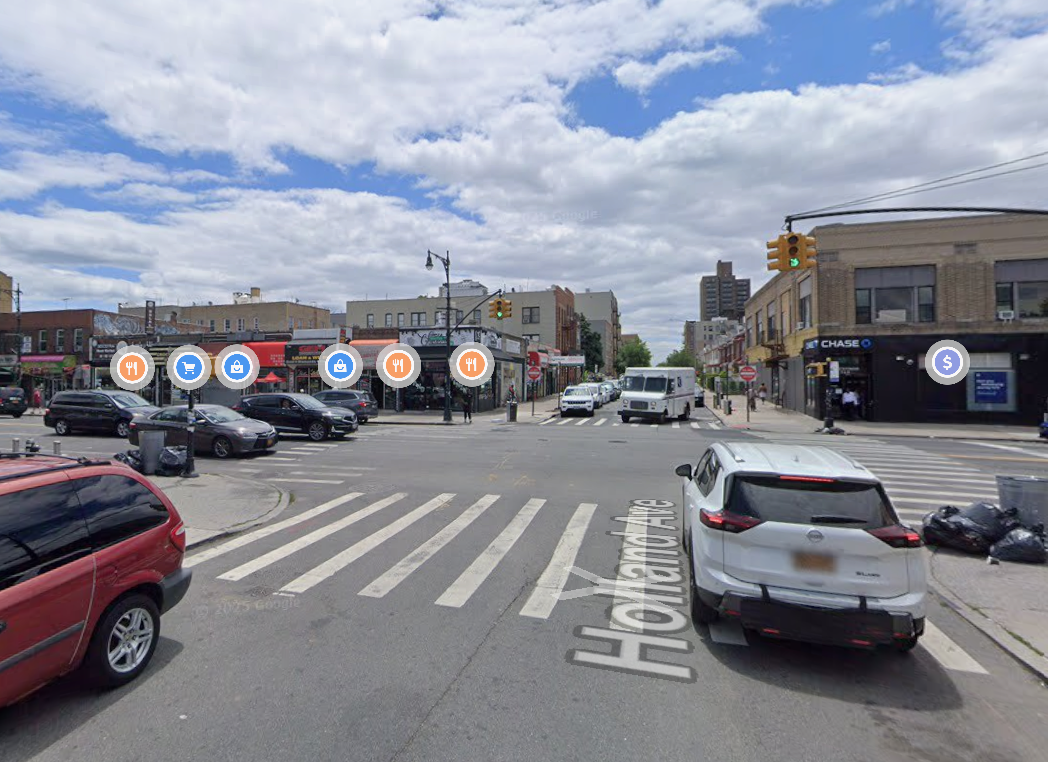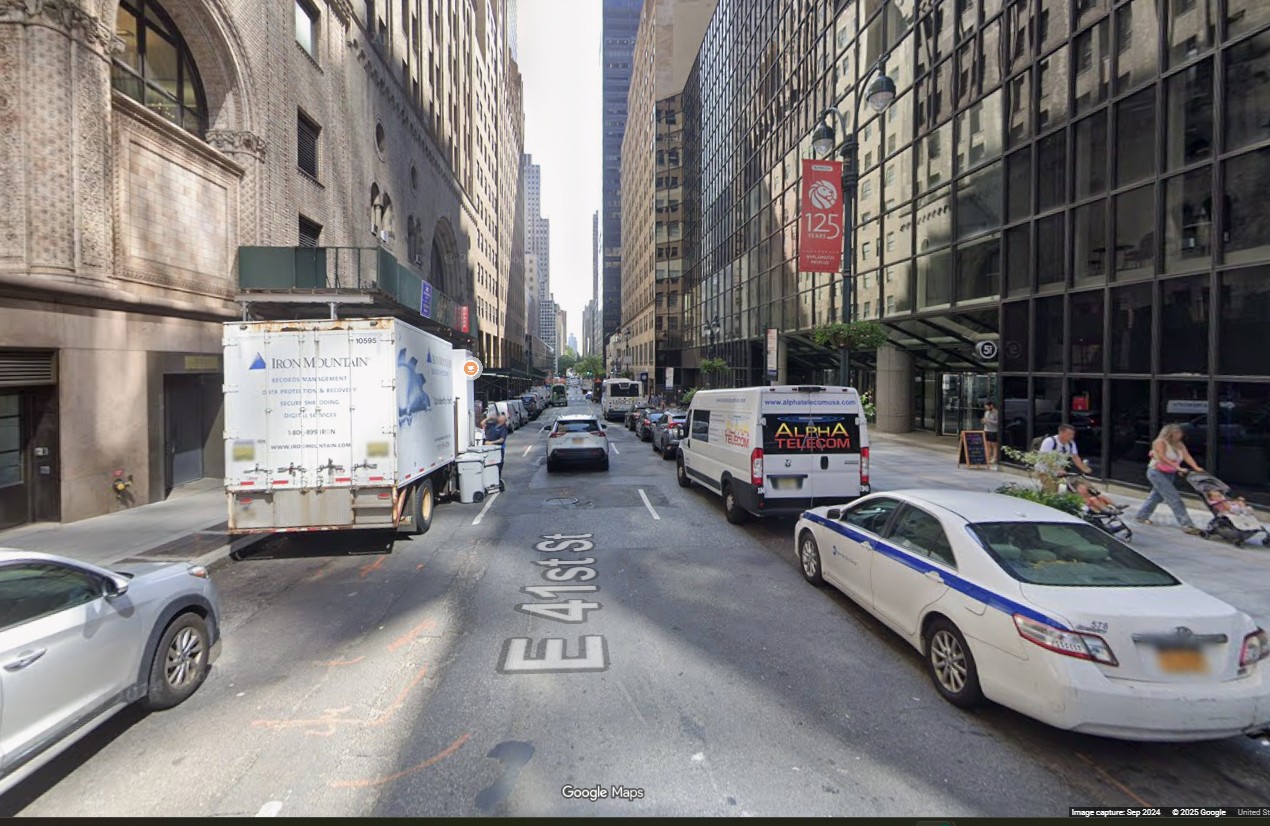 An out-of-control Coach USA bus barreled onto the sidewalk and slammed into building scaffolding and a Midtown Manhattan tower near Grand Central Station on December 11, 2025 (see video below). The crash, which occurred on East 41st Street between Lexington Avenue and Park Avenue, sent debris crashing down and pedestrians running for cover. One person was transported to Bellevue Hospital, and an investigation into the cause of the crash is ongoing.
An out-of-control Coach USA bus barreled onto the sidewalk and slammed into building scaffolding and a Midtown Manhattan tower near Grand Central Station on December 11, 2025 (see video below). The crash, which occurred on East 41st Street between Lexington Avenue and Park Avenue, sent debris crashing down and pedestrians running for cover. One person was transported to Bellevue Hospital, and an investigation into the cause of the crash is ongoing.
From the perspective ofour experienced New York City bus accident attorneys, incidents like this underscore how devastating a single moment of lost control can be in one of the most densely populated urban environments in the country. Even when, as reported here, a bus is not carrying passengers, the risk to pedestrians, nearby workers, and occupants of surrounding buildings is enormous.
 New York Personal Injury Attorneys Blog
New York Personal Injury Attorneys Blog



